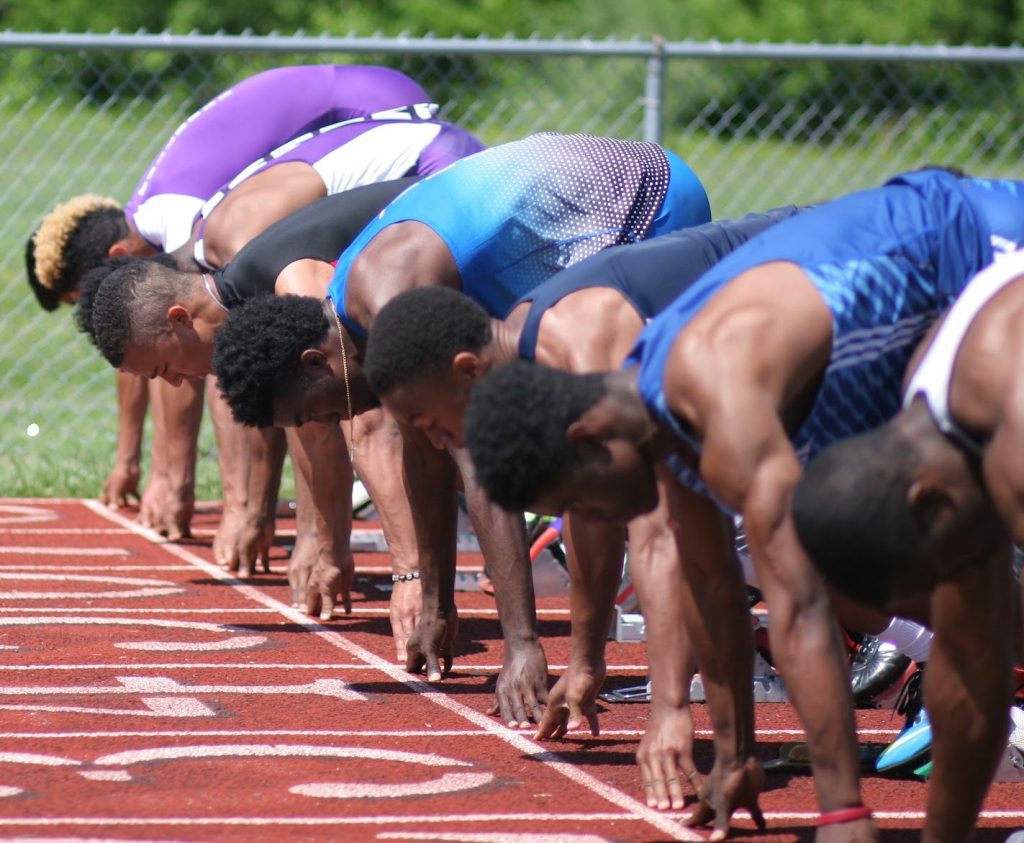To Toe Drag or Not Toe Drag, That is the Question
The first time I saw the “toe drag” was the Japanese documentary with Asafa Powell and Tyson Gay. I think the video was from the mid to late 2000’s.
In the video above, jump to 14:44 for the true toe drag. I remember because I ran to my friend Dr. Shawn Allen of the Gait Guys to break it down and try to figure out what was happening. I wanted to see if it would be useful to teach to my athletes, then at York High School. If I remember it correctly, we really couldn’t figure out what was happening and I didn’t think I could coach it anyway, so I let it go.
Jump ahead two schools, and 15 years. Social media has changed everything, from YouTube to TikTok. Athletes learn from many different platforms. Now I have discussions about acceleration topics most athletes have no business experimenting with. Sprinters must be physically capable of advanced body positions and the high velocities required to achieve proper drive phases. Of course, the toe drag has made a resurgence. Now, I have to compete with people on YouTube when coaching my athletes. When a 22-year-old YouTuber with 50K followers posts a video with 100K views, it must be true, right? As a coach, I need to be able to explain why or why not to “toe drag”.
Let’s go back to the original video that started it all. The Japanese video shows a side-by-side comparison of Asafa Powell in flats and Tyson Gay in spikes. Whereas Gay has a traditional, high recovery start, Powell has an elongated horizontal push which results in the toe of his front leg shoe dragging on the ground. Jump ahead a couple of World Championships later, this guy named Usain Bolt replicated the same start. The mindset became… if its good for Bolt, it’s good for me. My sprinters began to drag the toe without any understanding of the consequences.
Toe-drag was once a non-topic for me. Drag means to literally “drag” to create friction. Friction works against speed.
When looking at video trying to figure out a better zero step, I took a deep dive into block starts. I found some the video below on YouTube, “World Championships Warm-Up 2008”.
The video above was an epiphany for me. Bolt’s start showed a hard reflexive action on his ankle extensor. The “flick” was so explosive that it actually drove his foot into the ground. Along with a “Jamaican” low recovery, this produced a toe drag. To see it closely, go to the 2009 video and go 1:40. Set the playback at .25. Watch how his heel drives straight forward and fully extends. You will see the ”flick”. (Below)
I went back and started looking for it in all of the big race starts, men and women, and the “flick” was not only prevalent but it was an absolute. Not only was it present in the first step but most of the steps. (Below)
I started going back to all of the video from my sprinters. My great ones could hold it for five steps. My good ones could get the first step and then quality disappeared. My average athletes did not exhibit the quality. It is present when you see the heel move forward instead of up at ankle extension.
Here are 2 comparison’s
More is coming!
+++
Chris Korfist


